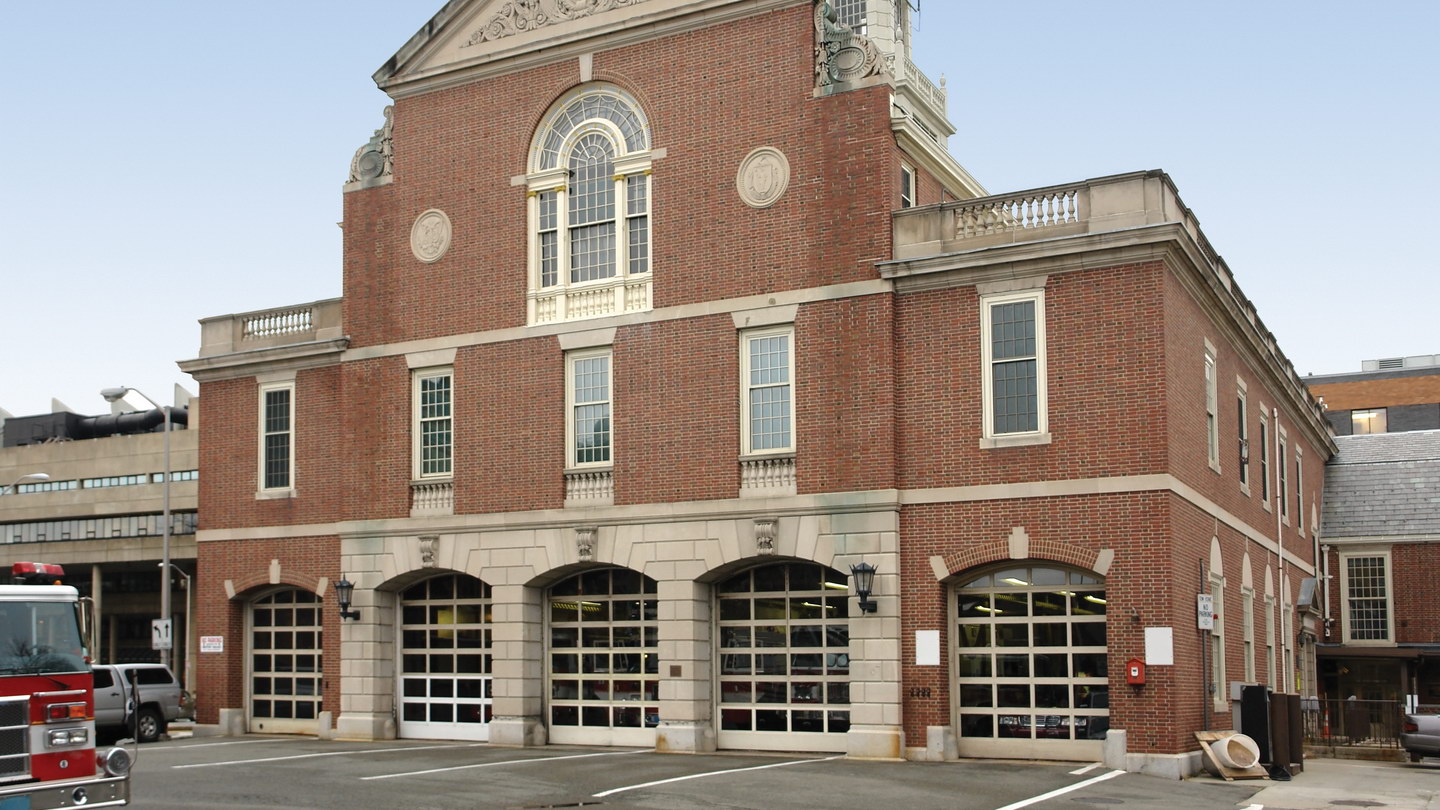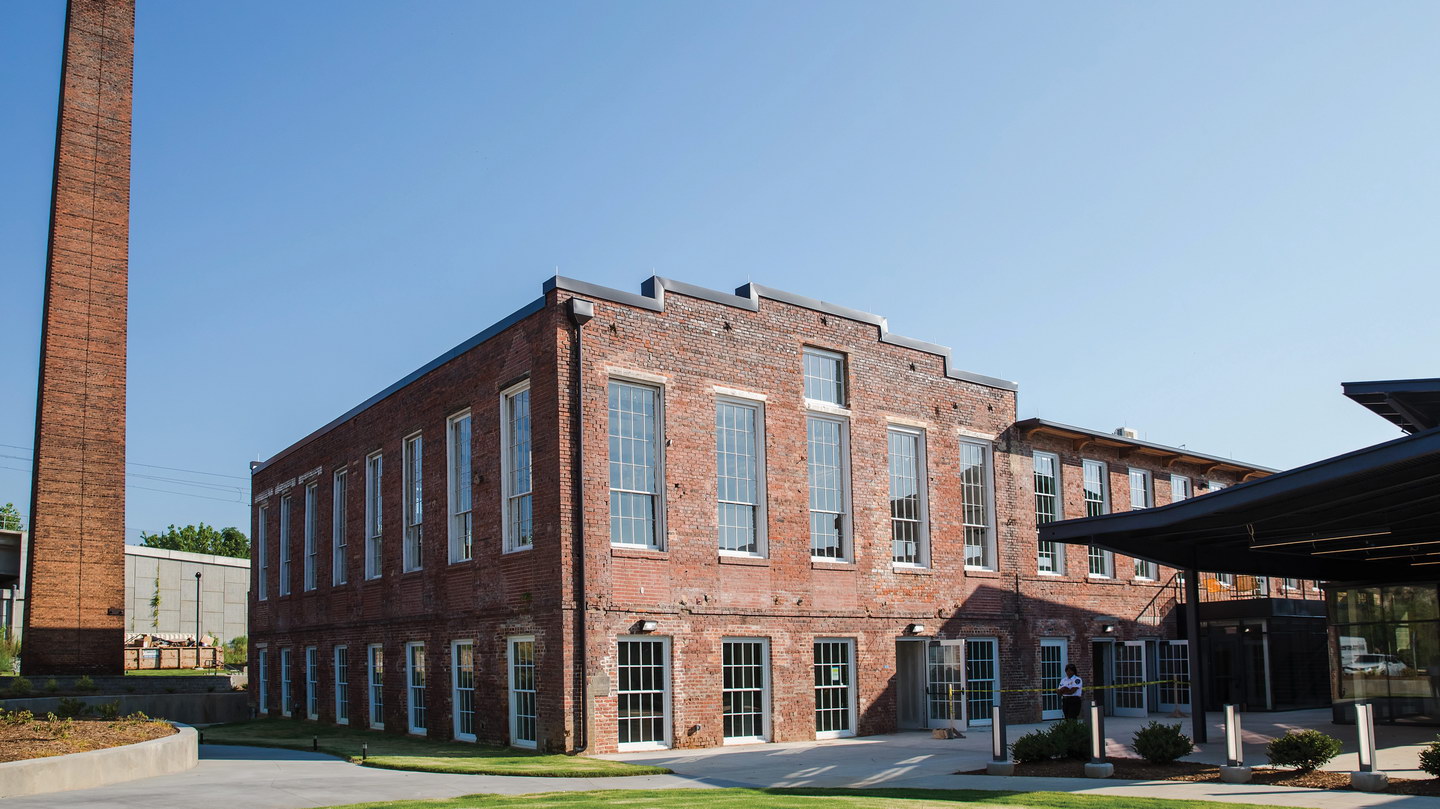Winter 2019/2020 Issue
Preparing a Large Property Portfolio for the Future
By: Chris KellyCambridge, Massachusetts, has launched an ambitious program to update its historic public buildings.
At Optimist Hall, Things are Looking Up
By: Anthony PalettaAn adaptive-reuse project in North Carolina showcases the appealing possibilities of older industrial buildings.
What's on the Horizon for Commercial Real Estate?
By: Shawn Moura, Ph.D.In October, NAIOP gathered national research directors for an in-depth discussion of city rankings, the future of coworking and other vital topics.
Must-Read Articles

Workforce Woes Threaten Project Pricing, Timelines
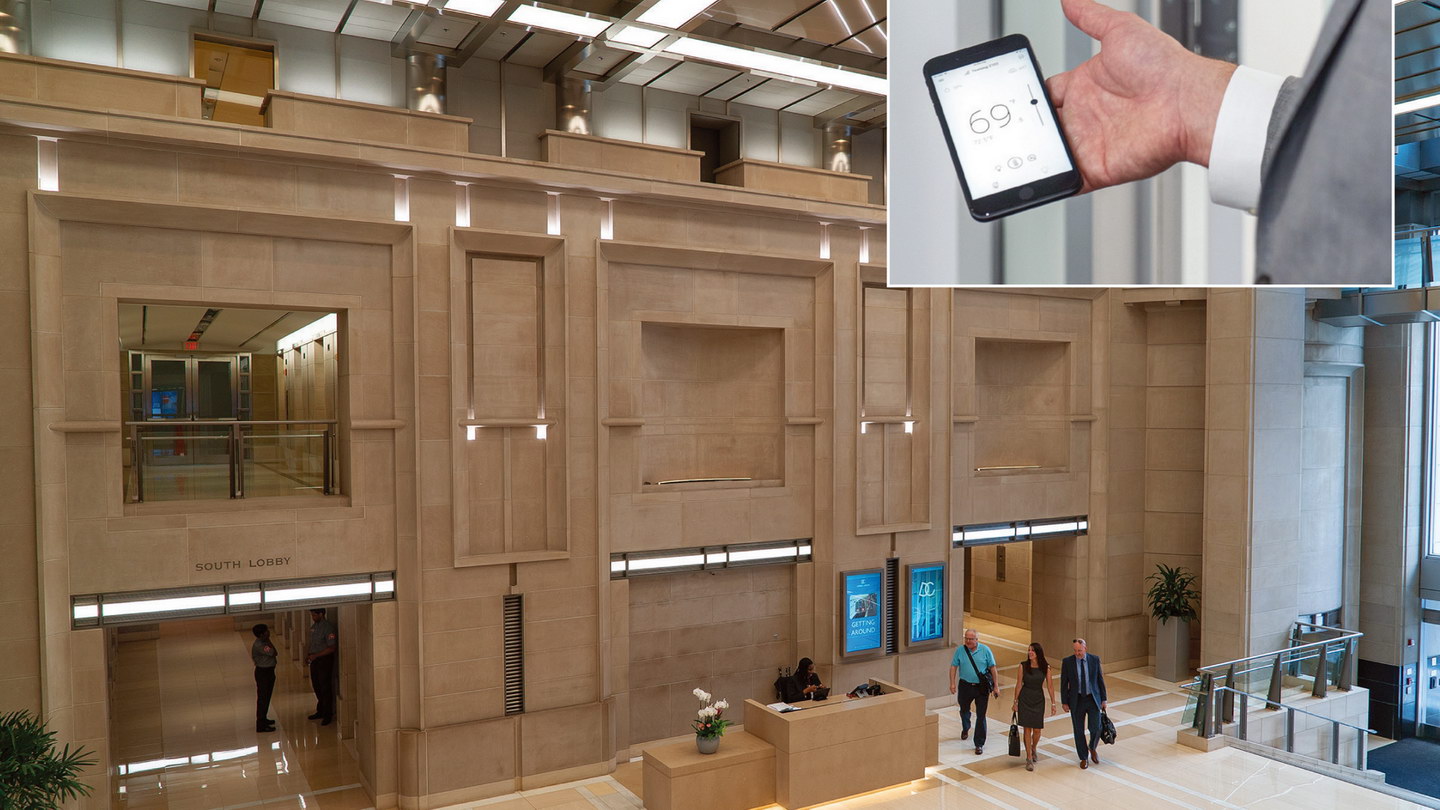
District Center: A Downtown D.C. Office Reborn as a Smart Building

When Wellness Meets Commercial Real Estate
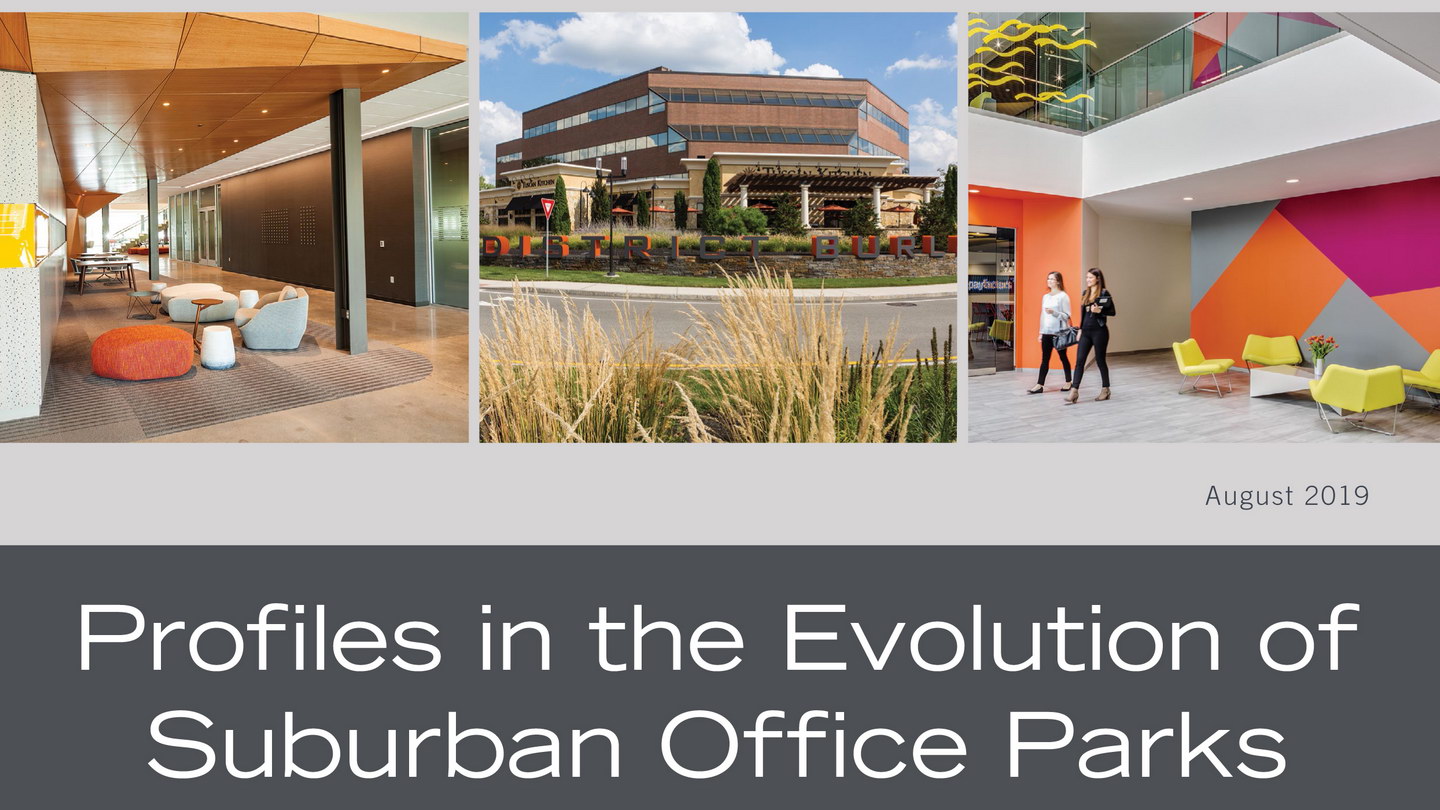
Breathing New Life into Old Office Parks
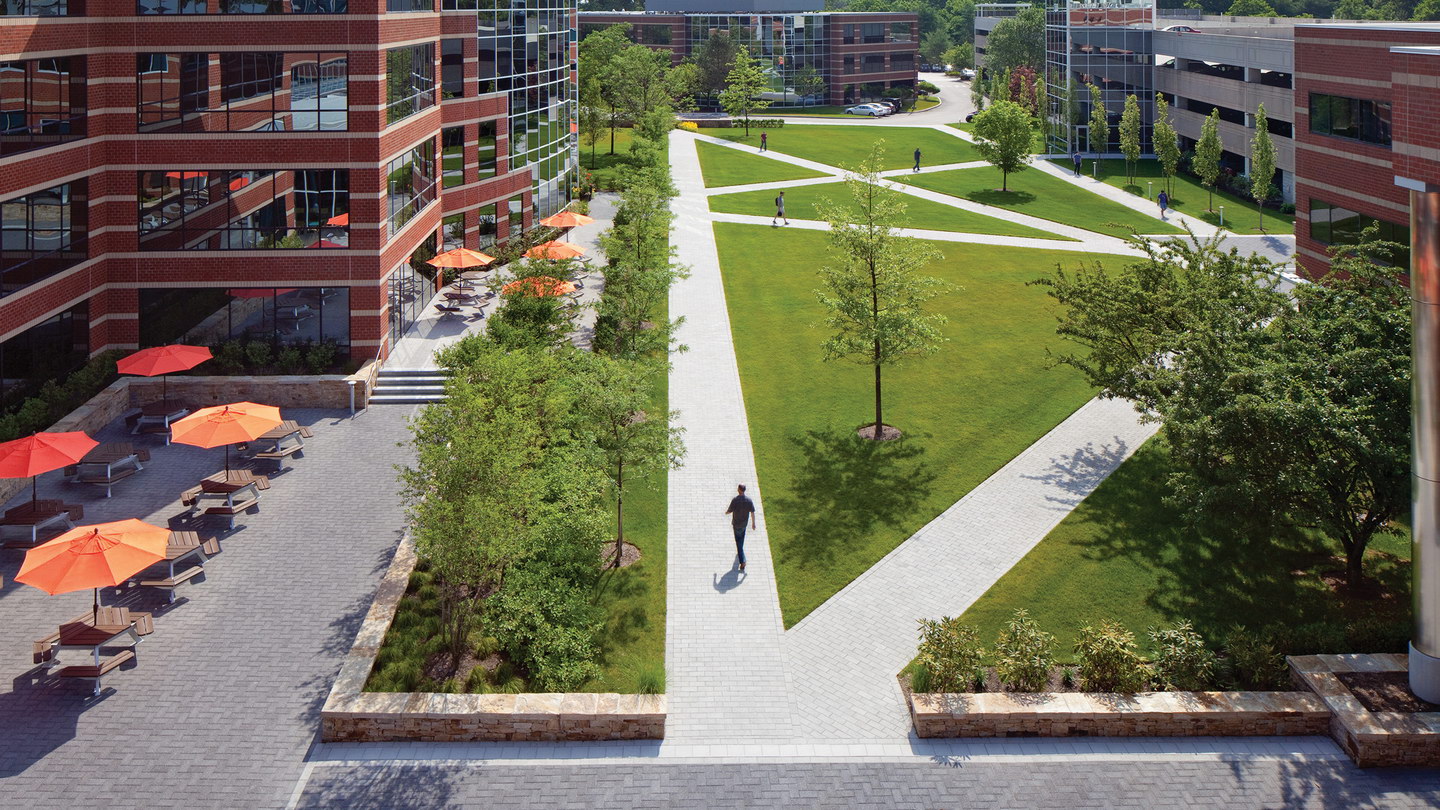
Landscape Architecture Can Help Reboot the Suburban Office Park

A Unique Water Feature for Any Climate, Any City
RELATED RESEARCH AND PUBLICATIONS
Reverse Logistics Strategies for the Post-pandemic Supply Chain: Spaces and Places to Recapture Value
Industrial Space Demand Forecast, Third Quarter 2024
NAIOP Market Monitor
PERSPECTIVES
NAIOP's 2019 Developing Leaders Award Recipients Discuss Big Wins and Simple Pleasures
CEO on Leadership: Lawrence R. Armstrong, CEO, Ware Malcomb
Chapter Profile: NAIOP Northern Nevada
Thank You for a Great Year as Chairman
From the Editor: Cautious Optimism Going into 2020
ADDITIONAL ARTICLES
Download the Winter 2019/2020 Issue of Development
Download the Winter 2019/2020 Issue of Development
Are 'Seamless' Floors a Smooth Choice for Industrial Properties?
Liquor License Policies Can Boost Real Estate Growth
Designing a Workspace for Software Engineers
Solving the Pop-Up Puzzle: Tips for Owners and Short-Term Tenants
Fully Autonomous Vehicles Are in the Distance, But Now is the Time to Prepare
New & Noteworthy
ARCHIVED ISSUES
View All Archived Issues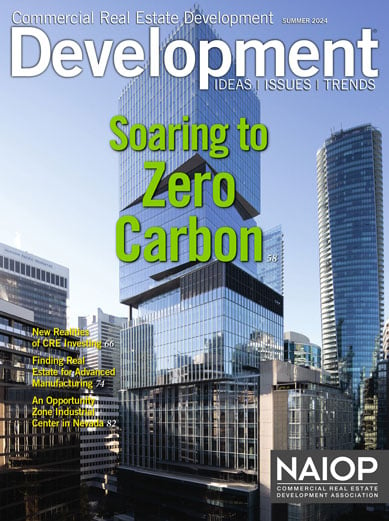 Summer 2024 Issue
Summer 2024 Issue
This issue features a cover story on The Stack, the first high-rise office project in Canada to earn Zero Carbon Building Design certification. Other feature articles examine the new realities of CRE investing across different sectors, the challenges of finding move-in-ready space for advanced manufacturing startups, and lessons learned from Mark IV’s acquisition and master planning of a 4,300-acre Opportunity Zone industrial project in northern Nevada.
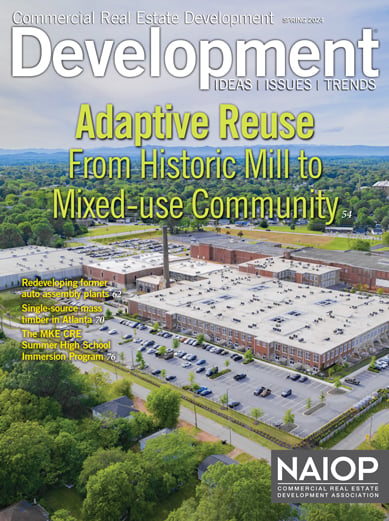 Spring 2024 Issue
Spring 2024 Issue
This issue includes a cover story on the Judson Mill District, a mixed-use textile mill revitalization project in Greenville, South Carolina. Other feature articles shine a spotlight on two innovative redevelopment projects that are converting closed auto assembly sites into new uses; the first locally grown, locally sourced mass timber building in the Southeast (Atlanta); and Marquette University’s Summer CRE High School Immersion Program.
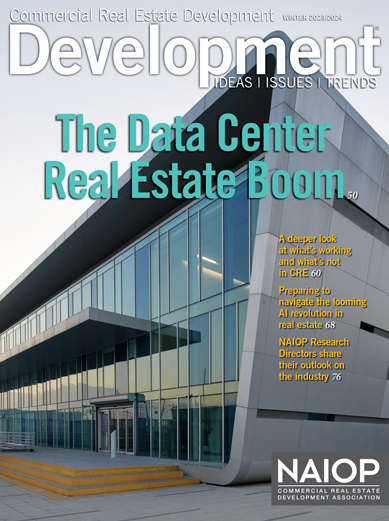 Winter 2023/2024 Issue
Winter 2023/2024 Issue
The winter 2023/2024 issue of Development magazine includes the boom in data center real estate development, economist’s take on what’s working and what’s not working in commercial real estate, a perspective on how artificial intelligence may reshape real estate, and a report on the outlook for capital markets, office, retail and industrial real estate.


